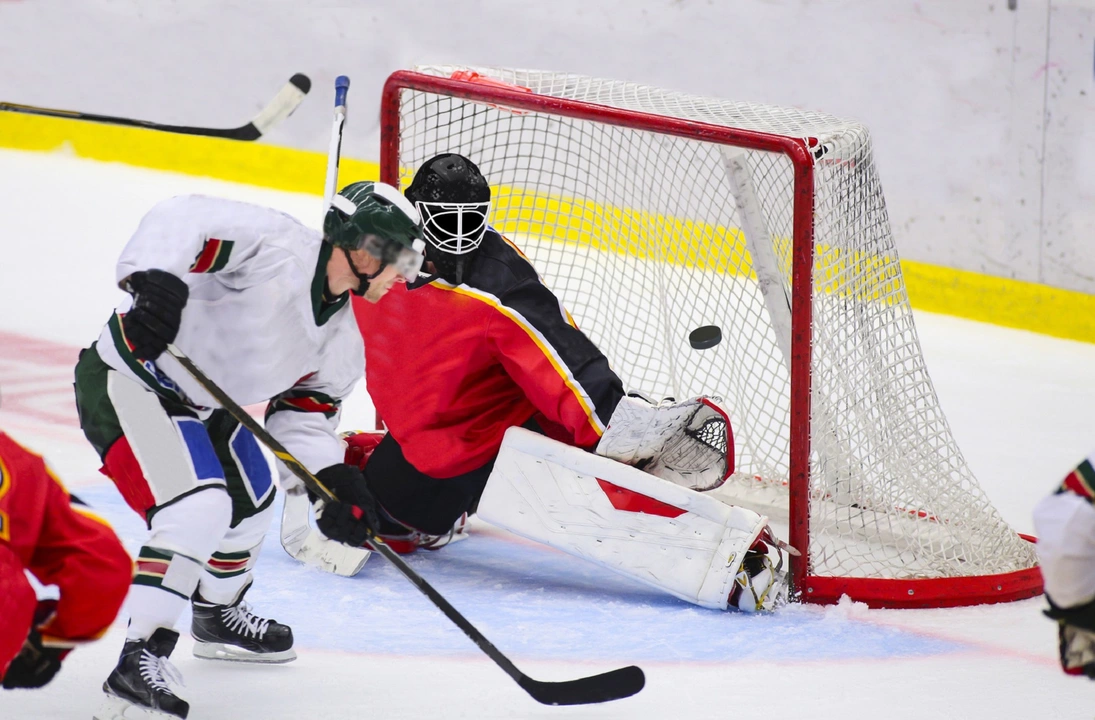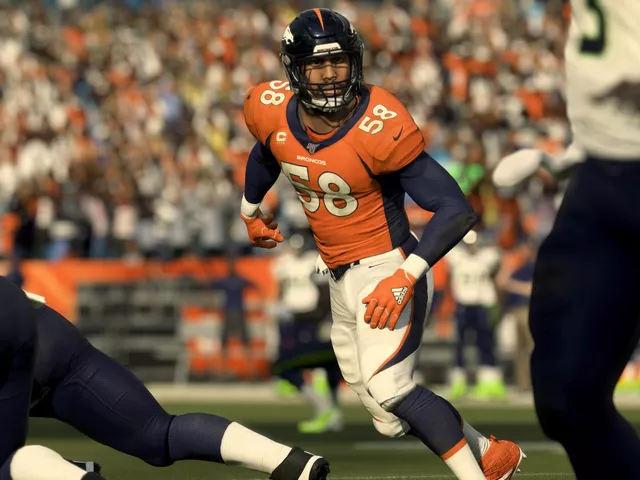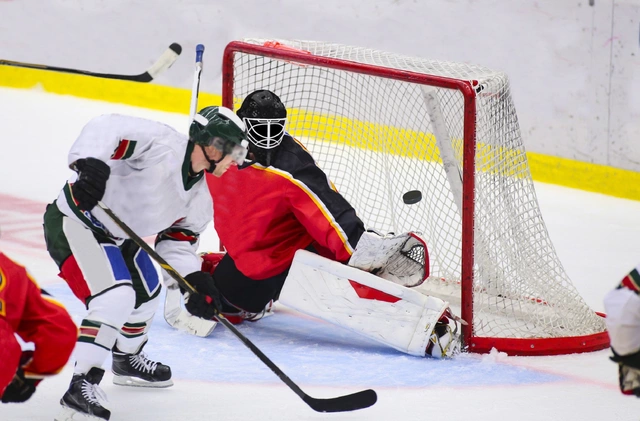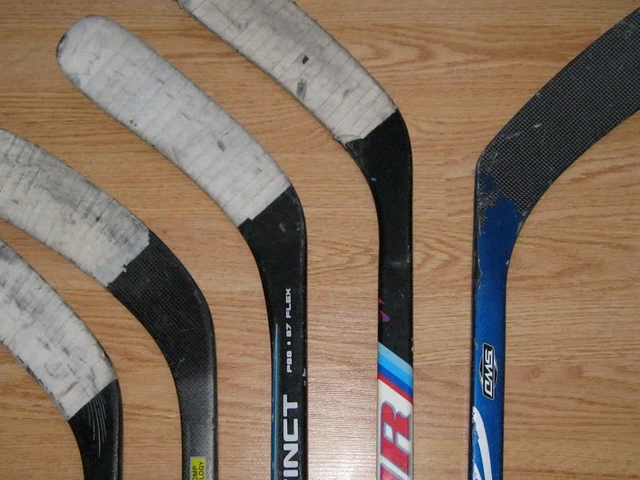Number Facts Every Hockey Fan Should Know
Numbers are the backbone of any sport, and hockey is no different. Whether you’re counting players on the ice, tracking goals in a match, or comparing stats between seasons, the right figures make the game clear and exciting. At Swindon Hockey Central we love breaking down those numbers so you can follow the sport without getting lost in jargon.
How Many Players Are on the Ice?
Ice hockey teams field six players at a time: one goalie, two defensemen, two wingers and a center. That total stays the same from junior leagues all the way up to the NHL. Knowing the lineup helps you spot who’s responsible for each play – the defensemen protect the net, the wingers push the attack and the center links everything together.
Scoring Numbers That Matter
Every goal adds a point to the scoreboard, but there are other numbers that fans watch closely. A player’s "points" combine goals and assists, giving a quick look at overall contribution. The "plus/minus" stat shows how many goals a team scores versus allows while a particular player is on the ice. These figures let you see who’s really moving the puck forward and who might be hurting the team’s defense.
Season‑long stats are another hot topic. Fans compare a player’s goals per game, save percentage for goalies, and power‑play efficiency. Those numbers often decide award nominations and draft rankings. If you’re following the USHL or local Swindon leagues, keep an eye on the top five in each category – it’s a fast way to spot rising talent.
One fun number that pops up a lot is the "3 stars of the game" tradition. Started in the 1930s, the three best performers earn a star each, and the order matters. The first star is usually the most impactful player, followed by the second and third. This tradition adds a simple numeric ranking to every match and gives fans a quick conversation starter.
Numbers also shape the schedule. A standard NHL game runs three 20‑minute periods, while a typical NFL match spans four 15‑minute quarters. That difference explains why football games often feel longer despite fewer total minutes of play. Knowing these timings helps you plan match‑day snacks and laundry breaks.
When you’re on the rink, the dimensions themselves are numbers you should know. An international field hockey pitch measures 100 yards by 60 yards, while an ice rink is 200 feet long and 85 feet wide. Those measurements affect player positioning and strategy – a wider field means more space for passing, a tighter rink forces quicker decisions.
Finally, don’t forget the numbers behind equipment. A street hockey stick can be modified with tape, but it won’t match the durability of a dedicated street stick. Tape can improve grip, yet the right stick design still beats a DIY solution for safety and performance.
All these numbers make hockey more than just a fast game – they give you a language to discuss, debate, and enjoy every match. Keep this guide handy, and you’ll never feel out‑of‑depth when the conversation turns to stats, scores, or player counts. Happy watching, and see you at the next Swindon game!
As a hockey fan, I've always been curious about the number of defensemen on a hockey team. After doing some research, I found out that generally, a hockey team has six defensemen on their roster. These defensemen are usually organized into three pairs, with each pair playing together during the game. However, the exact number can vary depending on injuries or a coach's preference. In any case, defensemen play a crucial role in protecting their team's net and supporting the forwards in scoring goals.
Read more





